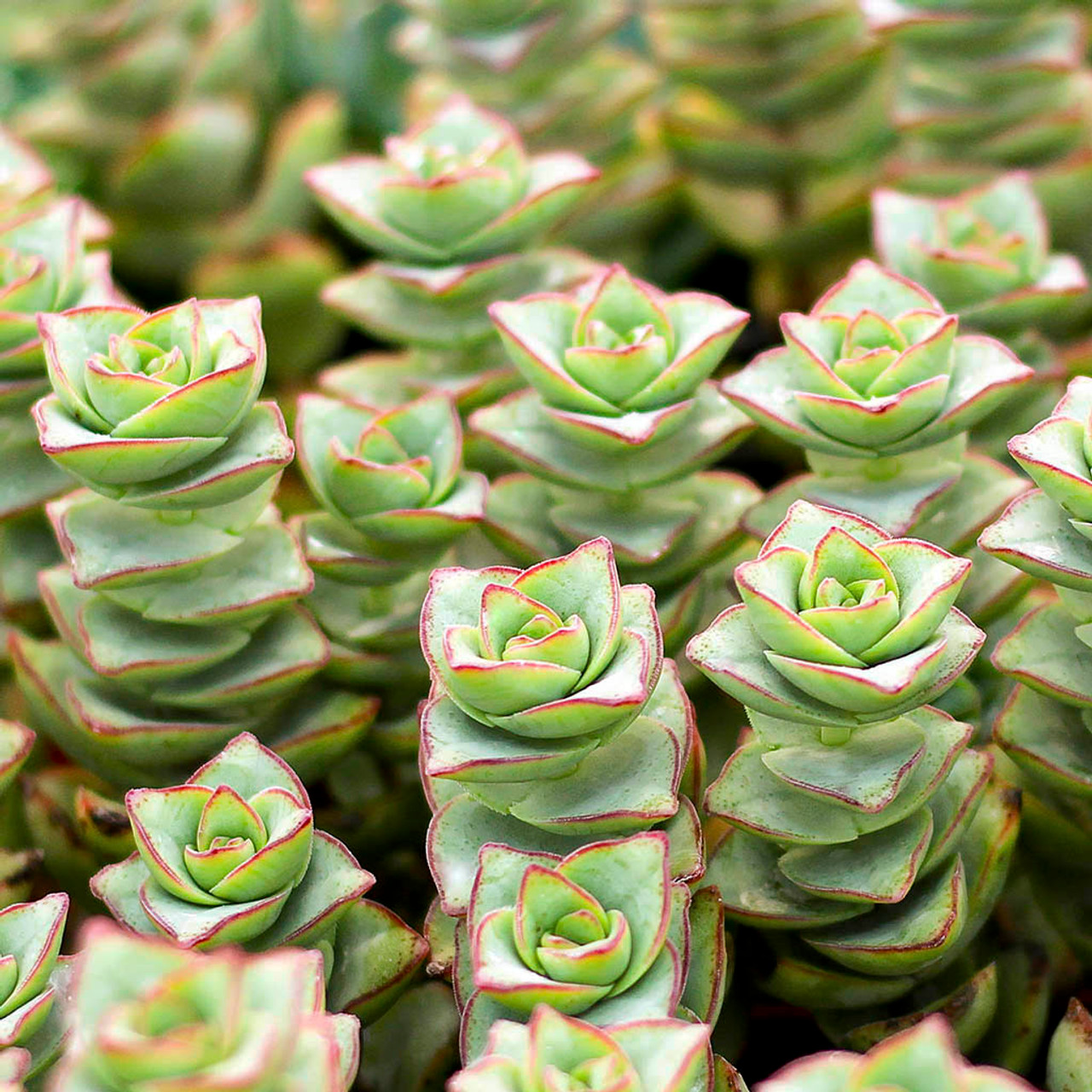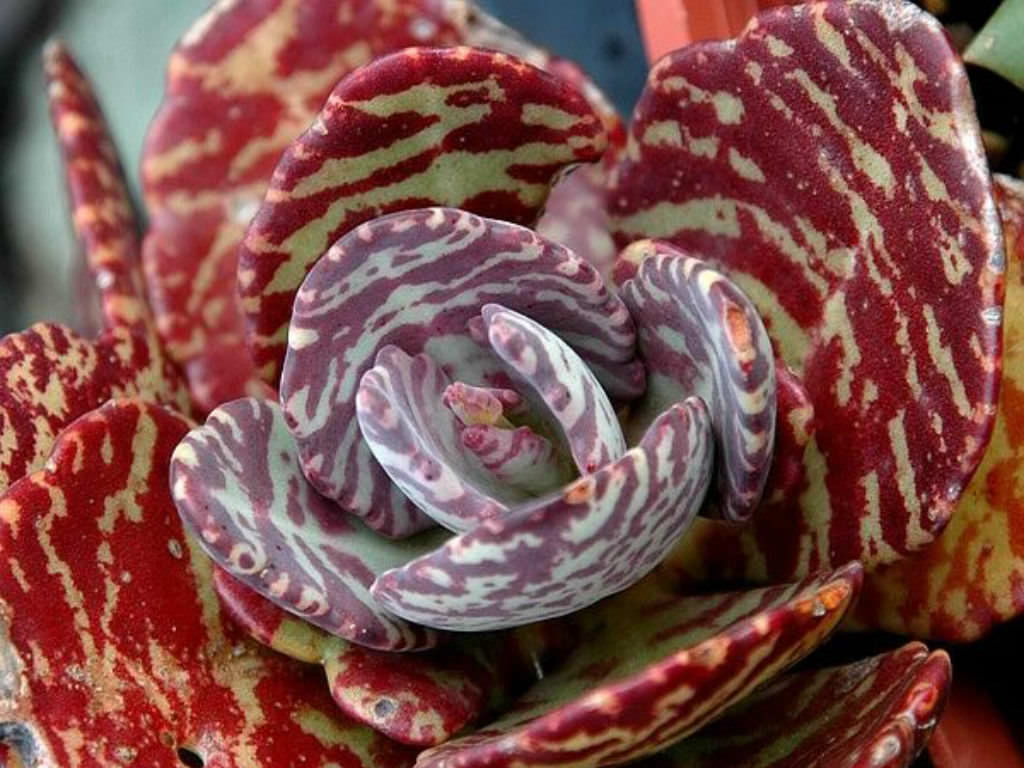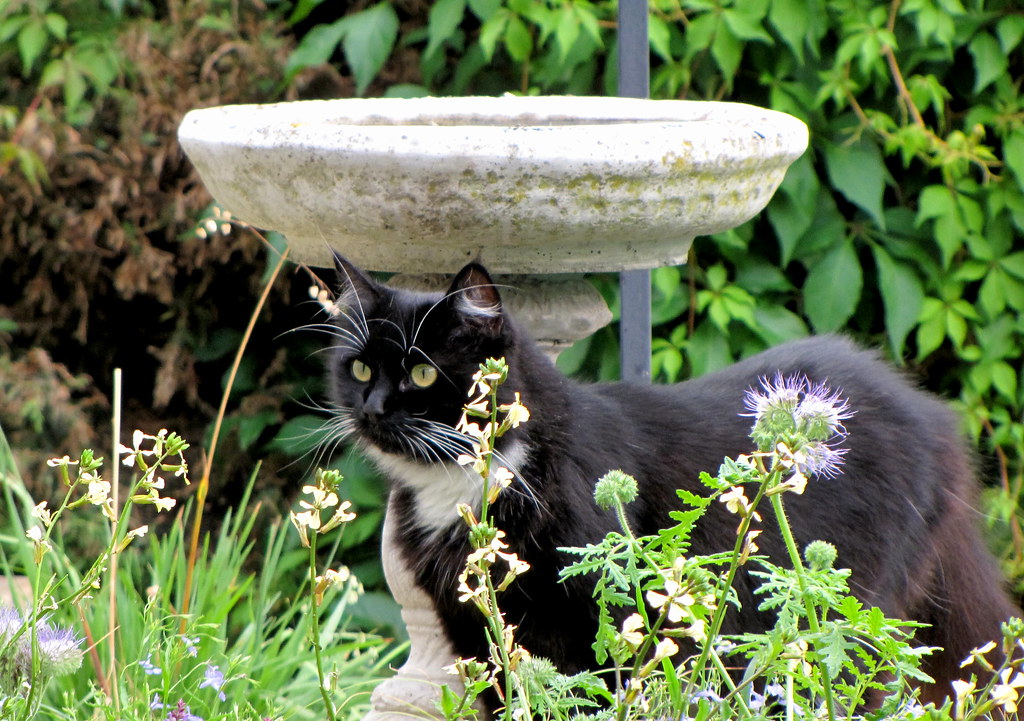In the world of ornamental plants, the stars of the moment are succulents. Whether in restaurants, magazines, books, TV, or social networks, they are very fashionable and can be seen everywhere!
The reason is pretty straightforward. Succulents are a group of plants that are extremely easy to care for and come in an array of colors, textures, and shapes. Their versatility makes them ideal for planting in groups to create an appealing setting. They can also be planted individually and will produce the same eye-catching effect.
Succulents occasionally bloom. However, they are most desired for their unique, variegated, and compact foliage. Another benefit of succulents is that they can be grown outside as well as indoors. Let’s get close and personal with these oh-so-attractive plants!
Succulent VS Cactus?

These two terms are often used together since they can be combined and sown together, given these plants’ nature. But several characteristics distinguish each group. The term succulent refers to all plants with a fleshy tissue where they accumulate water in their leaves and trunks. Besides sharing these characteristics, the subgroup of cacti is distinguished by having thorns and never having left. So, if the plant has thorns and pricks, it is a cactus. If the texture of the plant is soft, fleshy, or furry, it is a succulent. Cacti are native to the Americas while succulents are native to Africa.
The Succulent Family
![WHOLESALE] 5 PLANTS x 7 VARIETIES = 35 PLANTS [ PACK 5 ] – LET LOVE GROW (Succulent & Cactus)](https://cdn.shopify.com/s/files/1/1011/5742/products/IMG_44982-1_1024x1024.jpg?v=1586499970)
The word succulent comes from the Latin, ‘succus,’ which means juice or sap. If you split the leaf of a succulent, you will see that it’s juicy inside. These leaves are capable of storing water in case of drought. That means that the plant does not need to be watered so often. Below is a wide variety of these beautiful plants that can quickly grow in the home or the yard. They come in a wide variety of textures, shapes, and colors. Let’s check them out!
Agave

The agave family offers plants for the garden as well as indoors. This family has small, medium, and extensive plant species. Larger species such as the Agave Desmettiana “Variegata” have a unique and versatile shape that adds particular interest to gardens in hot climates. Use the smaller species indoors, such as Agave Potatorum and Agave Geminiflora.
Aloe

The best-known variety of this species is Aloe vera (Aloe Barbadensis), but it should be noted that there are many other varieties of aloe available. Some of the types have variegated foliage that adds an exciting and unexpected feature. Some varieties produce colorful flower spikes when in full sun.
Crassula

There are more than 1,400 different species of this plant. One of the best known and most popular plants is Jade (Crassula Ovata). The name crassula comes from the Latin meaning thick. This name is very apt for this plant since the leaves are thick and fleshy. Crassulas come in a wide variety of sizes, shapes, and colors.
Echeveria

Echeveria is one of the most popular succulents. The sequence in which the petals are arranged looks like a beautiful rose. Echeveria can be found in an array of colors ranging from light green to pale blue. This beautiful plant is one of the most desirable succulents to plant in arrangements or alone in a pretty container.
Euphorbia

If you are interested in tree-shaped plants, try Euphorbia. Often mistaken for a cactus, this succulent is tall in the shape of a column and should be used as a background for any garden arrangement or design. The euphorbia family is very diverse and includes Poinsettia.
Gasteria

Gasteria is native to southern Africa. The vast majority of varieties of this plant have thick, tongue-shaped leaves. Like all succulents, this plant needs lots of suns and well-draining soil. The flowers of Gasteria resemble the shape of a stomach (gaster means stomach in Latin.)
Haworthia

These plants are also native to southern Africa. They are related to aloe and Gasteria. Haworthia leaves form small rosettes that can grow in groups or alone. Haworthia is a small plant and grows very slowly. A spellbinding feature is that there are varieties that have stripes that resemble the zebra stripes.
Kalanchoe

The Kalanchoe, like the rest of the succulents, has very different varieties. Kalanchoe Thyrsiflora has flat, pancake-like leaves, while Kalanchoe Blossfeldiana is characterized by its deep green foliage and bright flowers. Kalanchoe Tomentosa is soft like velvet. This plant adds a fun element to any arrangement.
Portulacaria

This succulent resembles a small bush with the leaves growing along the branches. These branches can grow up to two feet long, dropping over the garden or fence’s edge. Portulacaria comes with green leaves and is the perfect plant to complete your container or garden design.
Senecio

This plant’s leaves are long like fingers that fluctuate from grayish-green in some varieties to light blue in others. This plant’s shape and texture lend itself to making a unique and exciting combination with other succulents. Senecio grows like a small shrub.




1 thought on “The Ultimate Gardening Guide for Succulents (Part One)”